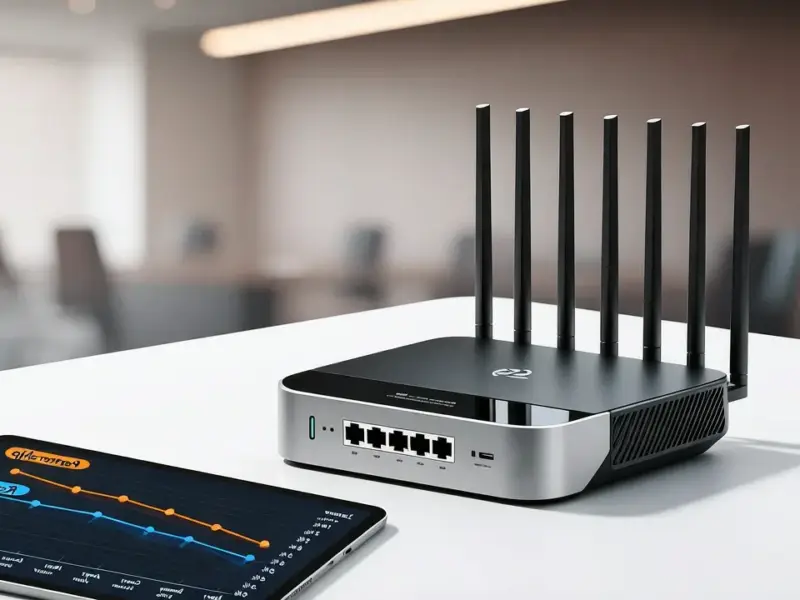According to CRN, the number of connected IoT devices is set to grow 14 percent this year to 21.1 billion and then continue at a compound annual growth rate of 13.2 percent to reach 39 billion by 2030. That number is expected to surpass 50 billion by 2035, when the market reaches full saturation. While Wi-Fi and Bluetooth dominate current connections, cellular IoT chipsets are forecast for 23 percent average growth through 2030, with 5G chipsets exploding at 34 percent annual growth. These trends highlight why CRN identified 25 providers making waves in 5G, IoT and edge services as part of their 2025 Edge Computing 100 list. The research from IoT Analytics shows we’re just at the beginning of this connectivity boom.
What’s driving this massive growth
Here’s the thing – we’re not just talking about more smart lightbulbs and fitness trackers. The real growth is happening in industrial IoT, smart cities, and enterprise applications. Think manufacturing sensors, agricultural monitoring systems, and logistics tracking. These aren’t consumer gadgets that get replaced every couple years – they’re mission-critical infrastructure that needs reliable, low-latency connectivity.
And that’s where 5G comes in. Traditional Wi-Fi has range limitations and reliability issues in industrial settings. Bluetooth? Forget about it for anything beyond personal area networks. Cellular connectivity, especially 5G with its low latency and high bandwidth, is becoming the go-to for applications that can’t afford downtime. But there’s a catch – deploying all these devices isn’t just about slapping SIM cards in everything.
The edge computing connection
So why does CRN’s Edge Computing 100 list matter here? Because you can’t have billions of IoT devices all sending raw data to the cloud. The bandwidth costs would be astronomical, and the latency would make real-time applications impossible. That’s where edge computing comes in – processing data locally before sending only the important bits to the cloud.
Basically, we’re seeing a fundamental shift in how computing infrastructure gets deployed. Instead of everything going to massive centralized data centers, we’re building smaller, distributed computing nodes closer to where data gets generated. This is particularly crucial for applications like autonomous vehicles, industrial robotics, and real-time video analytics where milliseconds matter.
The challenges nobody’s talking about
Now, here’s where it gets interesting. Scaling to 39 billion devices isn’t just a technical challenge – it’s an operational nightmare. Think about security updates across billions of devices, many of which might be in hard-to-reach locations. Or managing interoperability between different vendors and protocols. And what about power consumption? Many IoT devices need to run for years on batteries.
The cellular growth numbers are impressive, but they also highlight another issue: spectrum availability. As more devices compete for wireless bandwidth, we’re going to hit physical limits. That’s why companies are investing in private 5G networks and exploring new spectrum bands. But deploying and managing these networks requires specialized expertise – which is exactly why the service providers on CRN’s list are positioned to capitalize on this trend.
Looking at the 34 percent growth rate for 5G chipsets, it’s clear we’re still in the early adoption phase. The real test will come when we try to scale these deployments across multiple industries and use cases. Can the infrastructure keep up? Will security standards mature fast enough? These are the questions that will determine whether we actually hit those 39 billion devices or hit some unexpected roadblocks along the way.



